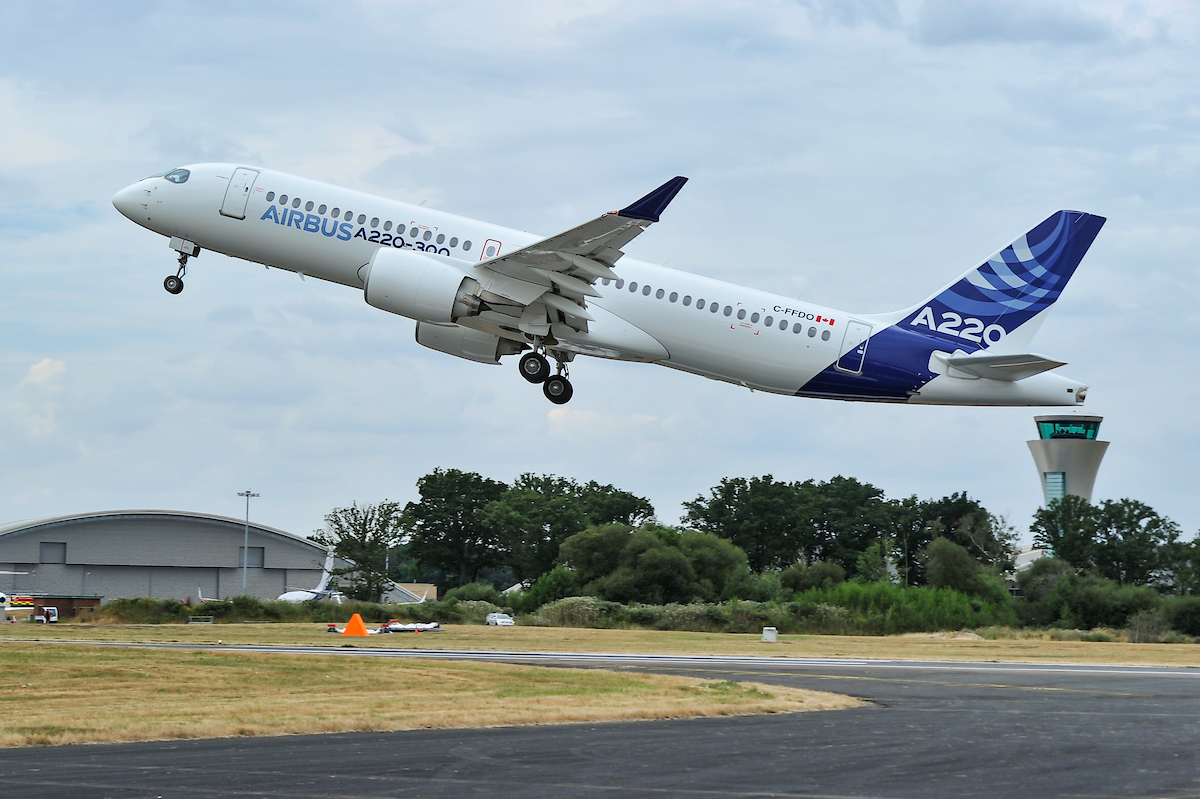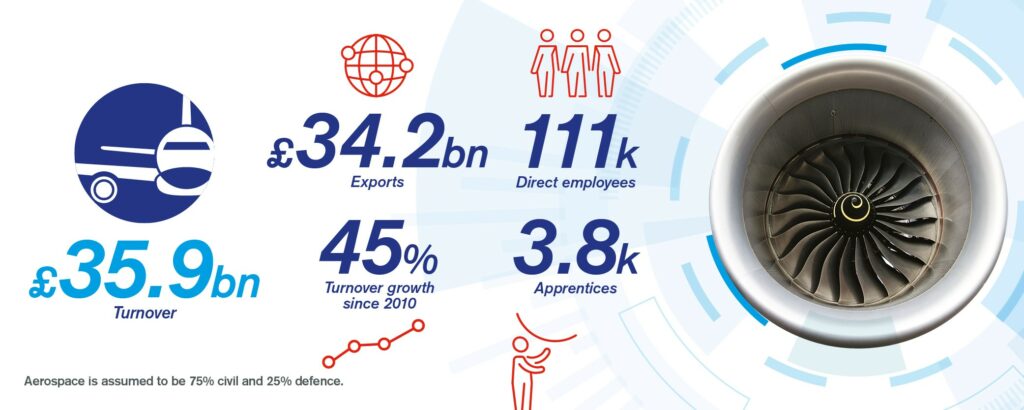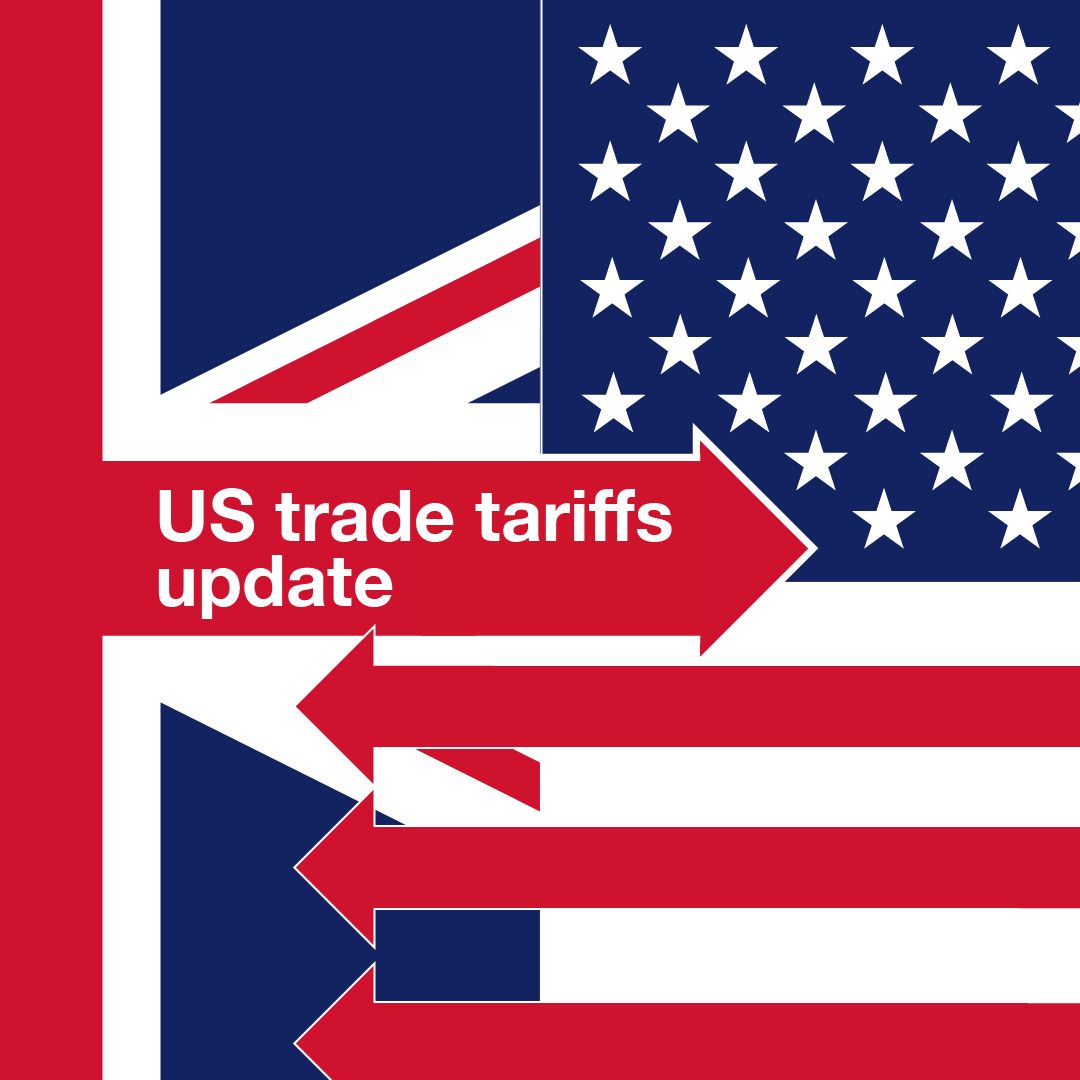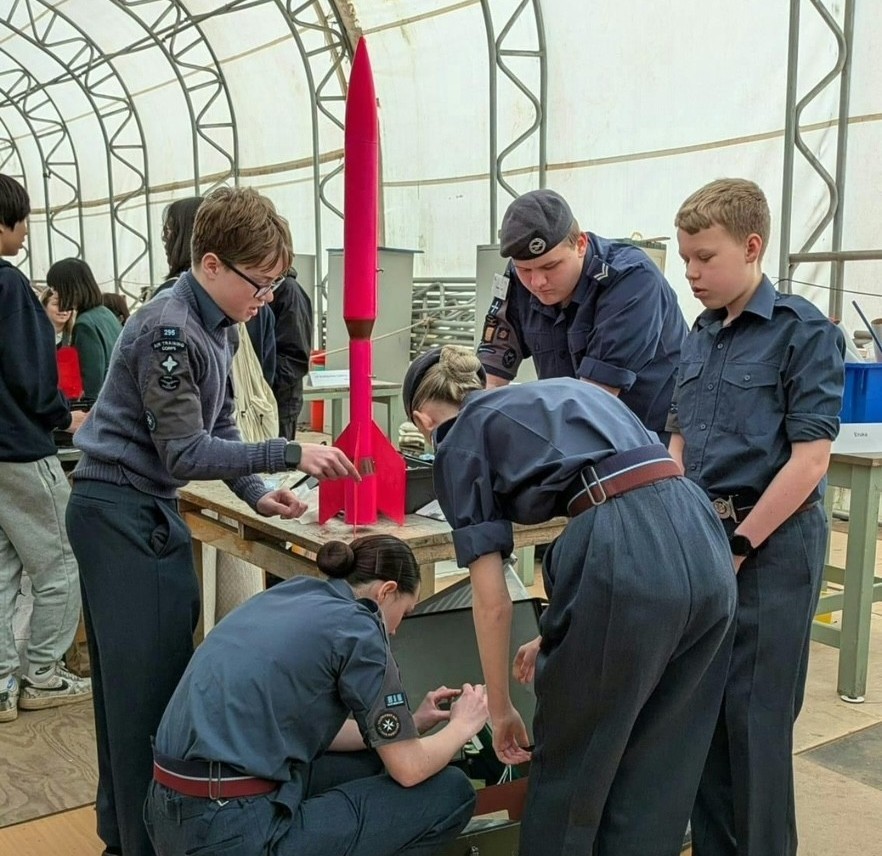
With a total turnover of £35.9 billion, the aerospace sector has grown by 45% since 2010. This is in line with the overall growth of the international aviation sector, which has shown a similarly large increase aircraft deliveries between 2010 and 2018, from 972 aircraft produced annually to 1,618 in the same period. Productivity growth also increased in the same period by 25% in the UK. Demand for aircraft around the world continues to rise as passenger numbers continue to increase and airlines renew their fleets with lighter, more efficient aircraft. Industry has also improved production, as more efficient processes and increased productivity have enabled aerospace to cut costs and deliver more aircraft.
Brexit
However, while the global aerospace industry is growing, most of UK’s growth was earlier in the decade. There has been a contraction in the UK aerospace industry of 0.4% since 2017. Ongoing uncertainty about the Brexit outcome is certainly a factor – as we have confirmed with our members. Aerospace organisations outside the UK have been reluctant to commit additional resources to the UK, and, as we have seen, some are also considering withdrawing operations from the UK in the event of a No Deal Brexit scenario.
Jobs
Over 250,000 people have jobs which depend on the aerospace sector. Of those, 111,000 are directly employed by aerospace companies and the remaining 143,000 are indirectly dependent. In addition, the sector also employs 3,800 apprentices (3.4% of the workforce – a favourable percentage compared with other manufacturing sectors). In addition, 31,000 of those directly employed are in design and engineering roles – which are the key high-value, high skill jobs which really produce value for the UK.
Investment
All of these are important in demonstrating that aerospace is still a significant employer. These jobs are well-paid as well, with an average annual salary of £43,000, which is a massive 45% higher than the overall average for the UK. As 90% of these jobs are located outside London and the South East, this also makes a considerable impact on the regional economies of the UK. This is accompanied by considerable research and development investment, which in 2018 totalled £1.5 billion – of which two thirds was self-funded by industry, and only some 15% directly from government. This includes last year’s government announcement of £125 million for the Future Flight Challenge, which will be matched by industry.
Exports
Through its strong export performance, the aerospace sector punches above its weight compared to the wider manufacturing sector. Although only 5.2% of the value add in manufacturing, aerospace is responsible for 11.1% of UK exports of manufactured goods – with a total value of £34.2 billion. This 95% of total turnover in exports demonstrates the key nature of aviation: it is a global industry, with global manufacturers, suppliers and customers.
The Future
Most of the growth in aviation worldwide over the next twenty years is set to take place in Asia, with interest in large commercial aircraft that will be still largely built by Airbus and Boeing. It is crucial for the future of UK aerospace that we can continue to play a part as a key player in this global network of supply and production. To view ADS 2019 Facts and Figures document, click here.






